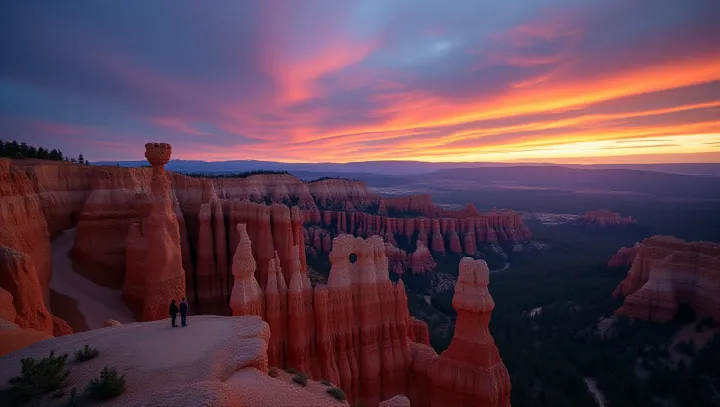Bryce Canyon's Stunning Natural Display of Wonder

Bryce Canyon National Park, located in the southwestern part of Utah, stands as a testament to natural beauty and geological wonder. Famous for its towering hoodoos—tall, thin spires of rock—this park offers visitors a glimpse into Earth's extraordinary past. Millions of years of erosion have sculpted crimson-colored cliffs that attract tourists from around the globe.
Geologists highlight Bryce Canyon as a key to understanding the region's geological history. The intricate network of trails and rock formations provides invaluable insights into sedimentary processes and climate patterns across millennia. These features not only create visual splendor but also contribute to scientific research aimed at unraveling Earth's complex history.
The park's continued allure is accentuated by its diverse ecosystems and the variety of flora and fauna it supports. As a designated International Dark Sky Park, Bryce Canyon also offers breathtaking views of the night sky, making it a prime location for stargazing. Recent conservation efforts ensure that this natural marvel remains preserved for future generations to enjoy and study.
